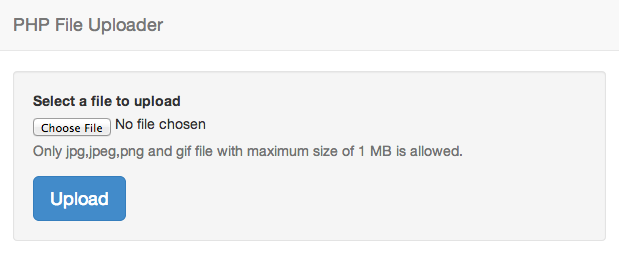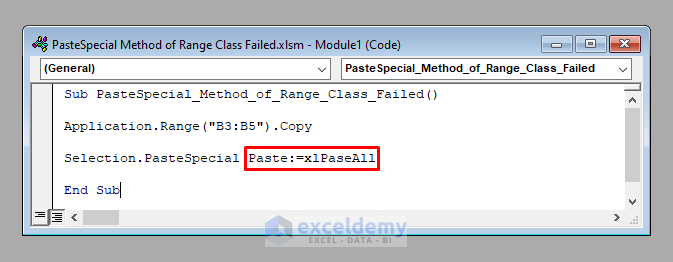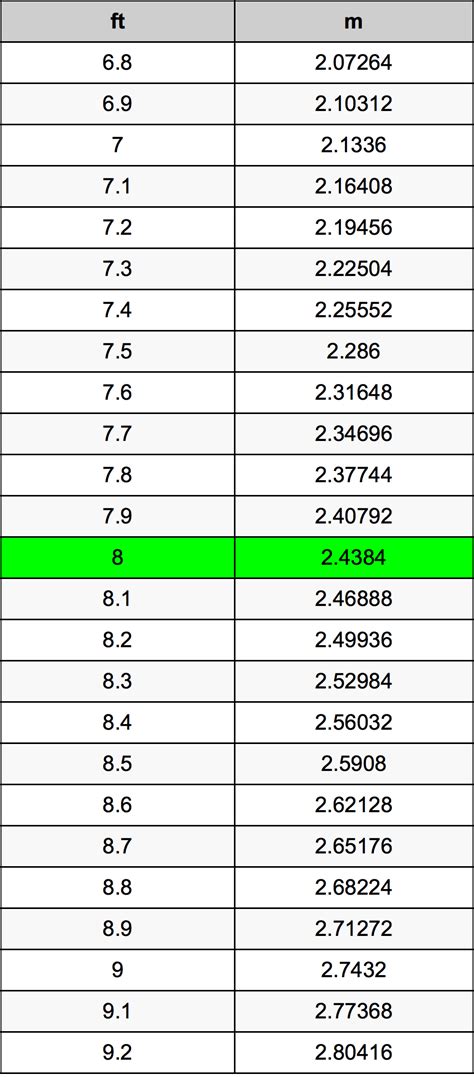Overcoming PHP File Upload Issues

File uploading is a crucial aspect of web development, especially when dealing with user-generated content, data sharing, and dynamic form submissions. In the world of PHP, a versatile and widely-used server-side scripting language, file uploading can present certain challenges and potential pitfalls. This article aims to delve into the common issues encountered during PHP file uploads, offering practical solutions and best practices to ensure a seamless and secure file uploading experience.
Understanding PHP File Upload Process

Before we delve into the issues, let’s quickly recap the PHP file upload process. When a user submits a form with a file attachment, the browser sends the file’s content as part of the HTTP request. PHP, upon receiving this request, stores the file temporarily in a designated location, often referred to as the upload directory. The script then processes this file, allowing developers to manipulate, store, or perform operations on the uploaded content.
Common PHP File Upload Issues and Solutions

Despite its simplicity, the PHP file upload process can be prone to various issues, ranging from security concerns to unexpected behavior. Here, we’ll explore some of the most prevalent problems and provide effective strategies to overcome them.
Issue: File Size Limitations
One of the most common issues with PHP file uploads is encountering file size limitations. By default, PHP restricts the maximum file size that can be uploaded, which can be a hindrance when dealing with large media files, backups, or other sizable content.
Solution: Adjusting File Size Limits
- To overcome this, you can modify the upload_max_filesize directive in your PHP configuration file (php.ini). Increase this value to accommodate larger file sizes. For instance, you can set it to 100M for 100MB files.
- Additionally, ensure that your web server’s settings allow for larger uploads. For Apache, this can be achieved by adjusting the LimitRequestBody directive in the server configuration file.
Issue: Security Risks with Uploaded Files
File uploads, if not handled properly, can introduce security vulnerabilities. Malicious users may attempt to upload harmful files, such as scripts or malware, that could compromise the server’s integrity.
Solution: Implementing Security Measures
- Always validate the uploaded file’s extension and mime type. Ensure they match the expected file types for your application.
- Sanitize the file name to prevent directory traversal attacks. Use functions like basename() to extract the file name from the path.
- Consider storing uploaded files in a restricted directory that’s not directly accessible via the web. This prevents direct access to uploaded files, adding an extra layer of security.
Issue: Uncontrolled File Overwrites
When multiple users upload files with the same name, PHP might overwrite the existing file without warning. This can lead to data loss or unexpected behavior.
Solution: Preventing File Overwrites
- Before saving the uploaded file, check if a file with the same name already exists in the upload directory. If it does, append a unique identifier or timestamp to the file name to ensure uniqueness.
- Consider generating a random, unique name for each uploaded file to avoid naming conflicts altogether.
Issue: Memory Exhaustion during Large Uploads
Uploading large files can consume significant server memory, especially if the file is processed in memory before saving to disk. This can lead to memory exhaustion errors, especially on shared hosting environments.
Solution: Optimizing Memory Usage
- Instead of processing the entire file in memory, consider using the move_uploaded_file() function, which directly moves the uploaded file from the temporary location to the final destination, reducing memory overhead.
- If you need to perform operations on the file, consider using stream functions like fopen() and fwrite(), which work directly with the file on disk, further minimizing memory usage.
Issue: Lack of Progress Indicators during Large Uploads
When dealing with large file uploads, users often appreciate progress indicators to know the status of the upload. PHP’s default behavior doesn’t provide this functionality out of the box.
Solution: Implementing Progress Tracking
- Use AJAX or JavaScript to create a progress bar that updates based on the upload’s progress. This provides a real-time indication of the upload’s status, enhancing the user experience.
- If you’re using a form submission, consider using PHP’s upload_progress extension, which provides a means to track the progress of a file upload and display it to the user.
Issue: Inconsistent File Names across Different Browsers
Different browsers may handle file names differently when uploading. This can lead to inconsistencies in the saved file names, making it harder to manage and organize uploaded files.
Solution: Standardizing File Names
- Before saving the uploaded file, sanitize and standardize the file name. Remove special characters, replace spaces with hyphens, and ensure the name is unique and descriptive.
- Consider using a consistent naming convention, such as including a timestamp or a unique ID in the file name, to ensure uniformity across different browsers.
Issue: Handling Multiple File Uploads
Managing multiple file uploads in a single form can be challenging, especially when it comes to validating and processing each file individually.
Solution: Efficient Multiple File Handling
- Use the foreach loop to iterate over each uploaded file, performing validation and processing for each file separately.
- If you’re dealing with a large number of files, consider using batch processing techniques to improve efficiency and reduce the impact on server resources.
Best Practices for PHP File Uploads
To ensure a smooth and secure file uploading experience, consider the following best practices:
- Always validate and sanitize user input, including file names and content.
- Restrict file uploads to specific, trusted file types to prevent security risks.
- Consider using a separate, dedicated server for file uploads to improve performance and security.
- Implement proper error handling and user feedback to provide a clear indication of upload status.
- Regularly review and update your PHP configuration and server settings to ensure they align with your application’s needs.
Conclusion
PHP file uploads, while seemingly straightforward, can present various challenges and potential pitfalls. By understanding these issues and implementing the solutions and best practices outlined above, you can ensure a robust, secure, and user-friendly file uploading experience in your PHP applications. Remember, a well-designed file upload system is crucial for maintaining user satisfaction and trust in your web applications.
How can I handle large file uploads without running into memory issues?
+For large file uploads, consider using stream functions like fopen() and fwrite() to process the file directly on disk, reducing memory overhead. Additionally, you can utilize PHP’s move_uploaded_file() function to move the file from the temporary location to the final destination without loading it entirely into memory.
What’s the best way to secure uploaded files against potential security threats?
+To enhance security, always validate the uploaded file’s extension and mime type, ensuring they match the expected file types for your application. Sanitize the file name to prevent directory traversal attacks, and consider storing uploaded files in a restricted directory that’s not directly accessible via the web.
How can I provide progress indicators for large file uploads to enhance user experience?
+Use AJAX or JavaScript to create a progress bar that updates based on the upload’s progress. Alternatively, if you’re using a form submission, consider utilizing PHP’s upload_progress extension, which provides a means to track and display the progress of a file upload.



